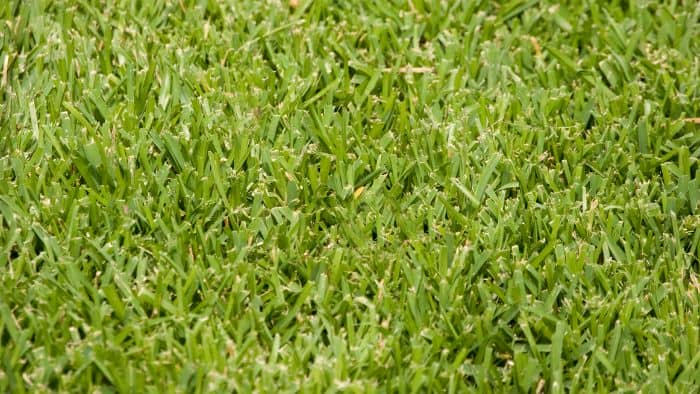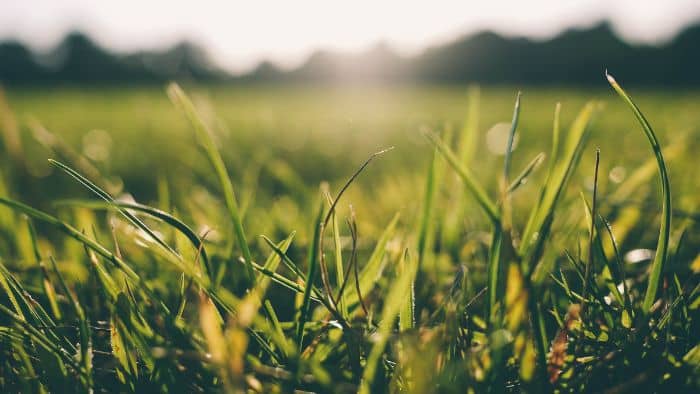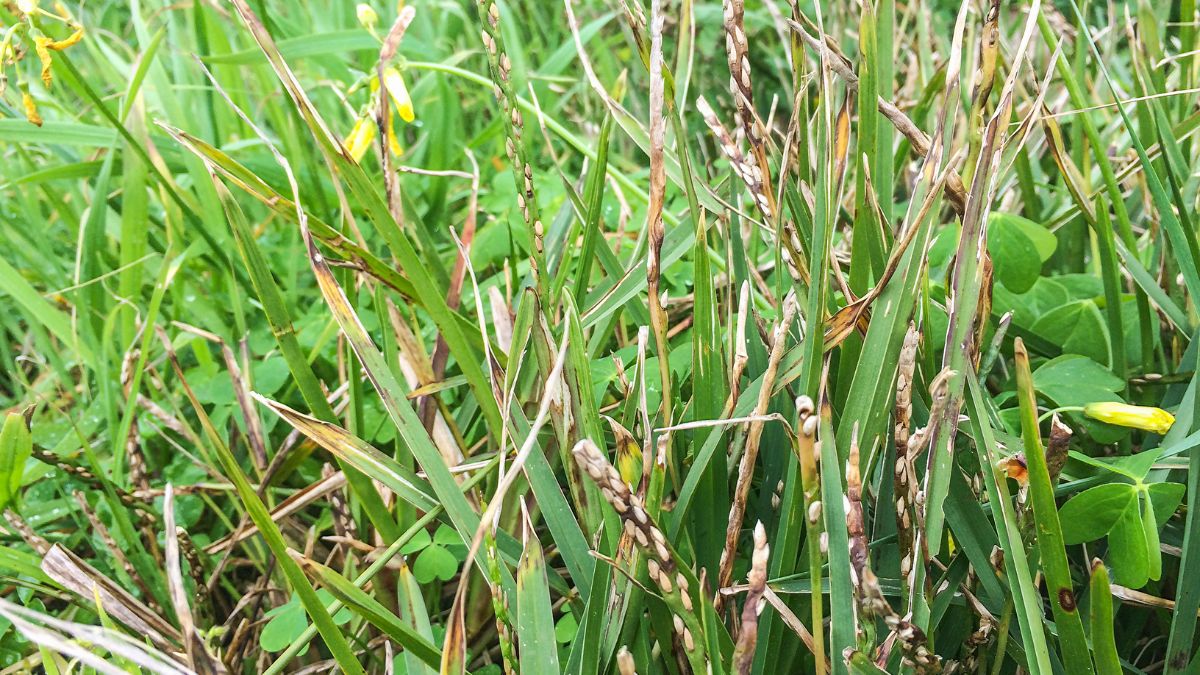If you want to enhance your landscape, using the Best Soil for St Augustine Grass is a great way to start. A member of the Poaceae family of grasses, this species is also known as buffalo turf in Australia and buffalo grass in Southern Africa. It is a warm-season lawn that is well-liked in tropical and subtropical areas for cultivation.
Like all vegetation, these ones also have specific requirements when it comes to the environment they are growing in. This includes the soil which should maintain a pH range between 5.0 to 8.5 for excellent results. Aside from that, it should also be well-drained with favorable aeration properties and essential nutrients for the grass to thrive.
Only vegetative methods, such as stolons, plugs, or sod, are used to spread St. Augustine grass. The technique of propagation preferred by many homeowners is sod. This grass type also tolerates shadier settings better than many other warm-season turf species, although it will become spindly and lose its attractiveness in heavy shadow.
How To Plant St. Augustine Grass
Unlike other types of grass, St. Augustine typically does not produce viable seeds. That is the reason why seeds are not readily available for this turf. Sod or plugs must be used to establish it vegetatively as in this instance, favorable results are almost ensured.
It is also vital to use nutrient-rich soil that doesn’t easily compact when planting them. Listed below are a few tips that will help you plant them effectively.

Tips:
1. Plant your sod or plugs in the late spring or summer. This is because this turfgrass grows best during the warmer months.
2. Pick a time that is at least three months after the final frost of winter and after the first frost of fall for planting.
3. For the first seven to ten days after planting your lawn, you’ll need to maintain the soil moisture so the roots can develop.
4. After that, water as you deem necessary for your climate. While grass in more humid climates may be able to survive on rain alone, the ones growing in drier regions may only need watering once or twice each week.
5. Watch out for fungal diseases during the first week of growth because they like to thrive in moist soil.
6. To avoid unwanted problems and a lush lawn, it is advisable to use the best soil for st Augustine grass. This is because they prefer aerated and compact-resistant soil.
St. Augustine Grass Growth
The warmest seasons for St. Augustine grass growth are spring and summer when highs typically range from 80 to 100 F. To give the turf enough time to develop, plant the plugs or sod in full sun. By giving it the right amount of water and space, it will grow quickly. It takes between 7 and 14 days to start spreading after it has been planted and has begun to grow.

With optimum plug or sod spacing and the best soil for St Augustine, you can anticipate complete coverage of the required area during one growing season. This is because this hardy lawn species uses its stolons to spread. As the grass begins to grow, stolons, which are horizontal growth shoots, sprout and spread effectively at the same time.
It is a good option for individuals looking to maximize both dense, lush growth and high spread of turf covering in the shortest amount of time because of this. During the growing season, care and maintenance should also be given to your lawn if you expect it to reach its full potential. Negligence will flaw its even spread and growth, so ensure that it is well maintained. If you want to fill bare areas in your lawn, here’s some great information.
Topsoil For St. Augustine Grass
Have you ever wondered what would happen by putting sand on St. Augustine grass? Well, it will flourish as sandy soil keeps it healthy and happy because of its slightly acidic pH and aeration properties. You should also keep in mind that this turfgrass does not grow or spread quickly on compacted clay soils.
To ensure that the ground in your garden has enough nutrients and that the root structure will be supported, it is ideal to use topsoil before planting any vegetation. In a garden that has been prepared with the best soil, you can be sure that it will flourish.
As a general guideline, lay 2-3 cm of dirt immediately over the lawn to provide adequate room for the grass tips to shoot through. Any less than this won’t provide the intended outcome and any more than this could kill the current lawn below from a lack of sunshine.
Here Are Some Interesting Techniques To Assist You:
– The ideal soil for St. Augustine grass has a pH range from acidic to alkaline and excellent drainage properties to maintain it.
– Use either clean free-flowing sand or sandy loam soil for top-dressing a St. Augustine grass patch.
– Never topdress a large area and indentations that are deeper than 3 inches. Instead, raise the damaged yard with a spade and level it with topsoil or sand placed beneath.

St Augustine Grass Maintenance
When there is little possibility of a late frost and three weeks after the grass turns green, it is time that you start fertilizing. For the best effect, applying a pound of soluble nitrogen or 112 pounds of slow-release nitrogen per 1,000 square feet of lawn every eight to ten weeks is recommended. Listed below are additional maintenance tips that will be beneficial to your landscape.
Care tips for St. Augustine Grass:
Test your soil to see if it needs any amendments for your grass to grow its best.
Using the best soil for st Augustine grass will result in your lawn looking lush and beautiful.
For optimal results, grow the grass in full sun, though it can tolerate a little shade.
Make sure that there is sufficient drainage so your plant roots won’t get waterlogged.
Ensure that you keep the soil uniformly moist for maximum growth results.
The performance of St. Augustine grass is improved by routine, scheduled fertilization and consistent monitoring.
If you live in an area that hardly gets rain, installing a sprinkler system with a timer will ensure that your lawn is not left thirsty.
Conclusion
Due to its resistance to heat and humidity, St. Augustine grass is one of the most widely used lawns in Florida and the Gulf states. It is a superb option for coastal yards since its blue-green blades grow into a dense turf that establishes quickly and readily and can withstand salt.

This grass species requires minimal upkeep if propagated effectively. During the growing season, you can anticipate fertilizing sandy soils monthly and clay soils every six weeks. It’s important to maintain the structure of the growing medium you choose, making sure it’s the best soil for st Augustine grass.
When planted and cared for properly, this warm-season grass grows into a dense lawn. It develops compactly enough to withstand average foot traffic and to successfully compete with weeds. St. Augustine grass can be easily recognized by its dark-blue-green color, dense growth pattern, and fine-textured leaves especially when well maintained. Click on the link for more information about this eye-catching turfgrass.

